Dian Chen
XSpecMesh: Quality-Preserving Auto-Regressive Mesh Generation Acceleration via Multi-Head Speculative Decoding
Jul 31, 2025Abstract:Current auto-regressive models can generate high-quality, topologically precise meshes; however, they necessitate thousands-or even tens of thousands-of next-token predictions during inference, resulting in substantial latency. We introduce XSpecMesh, a quality-preserving acceleration method for auto-regressive mesh generation models. XSpecMesh employs a lightweight, multi-head speculative decoding scheme to predict multiple tokens in parallel within a single forward pass, thereby accelerating inference. We further propose a verification and resampling strategy: the backbone model verifies each predicted token and resamples any tokens that do not meet the quality criteria. In addition, we propose a distillation strategy that trains the lightweight decoding heads by distilling from the backbone model, encouraging their prediction distributions to align and improving the success rate of speculative predictions. Extensive experiments demonstrate that our method achieves a 1.7x speedup without sacrificing generation quality. Our code will be released.
UniLDiff: Unlocking the Power of Diffusion Priors for All-in-One Image Restoration
Jul 31, 2025Abstract:All-in-One Image Restoration (AiOIR) has emerged as a promising yet challenging research direction. To address its core challenges, we propose a novel unified image restoration framework based on latent diffusion models (LDMs). Our approach structurally integrates low-quality visual priors into the diffusion process, unlocking the powerful generative capacity of diffusion models for diverse degradations. Specifically, we design a Degradation-Aware Feature Fusion (DAFF) module to enable adaptive handling of diverse degradation types. Furthermore, to mitigate detail loss caused by the high compression and iterative sampling of LDMs, we design a Detail-Aware Expert Module (DAEM) in the decoder to enhance texture and fine-structure recovery. Extensive experiments across multi-task and mixed degradation settings demonstrate that our method consistently achieves state-of-the-art performance, highlighting the practical potential of diffusion priors for unified image restoration. Our code will be released.
RecGPT Technical Report
Jul 30, 2025



Abstract:Recommender systems are among the most impactful applications of artificial intelligence, serving as critical infrastructure connecting users, merchants, and platforms. However, most current industrial systems remain heavily reliant on historical co-occurrence patterns and log-fitting objectives, i.e., optimizing for past user interactions without explicitly modeling user intent. This log-fitting approach often leads to overfitting to narrow historical preferences, failing to capture users' evolving and latent interests. As a result, it reinforces filter bubbles and long-tail phenomena, ultimately harming user experience and threatening the sustainability of the whole recommendation ecosystem. To address these challenges, we rethink the overall design paradigm of recommender systems and propose RecGPT, a next-generation framework that places user intent at the center of the recommendation pipeline. By integrating large language models (LLMs) into key stages of user interest mining, item retrieval, and explanation generation, RecGPT transforms log-fitting recommendation into an intent-centric process. To effectively align general-purpose LLMs to the above domain-specific recommendation tasks at scale, RecGPT incorporates a multi-stage training paradigm, which integrates reasoning-enhanced pre-alignment and self-training evolution, guided by a Human-LLM cooperative judge system. Currently, RecGPT has been fully deployed on the Taobao App. Online experiments demonstrate that RecGPT achieves consistent performance gains across stakeholders: users benefit from increased content diversity and satisfaction, merchants and the platform gain greater exposure and conversions. These comprehensive improvement results across all stakeholders validates that LLM-driven, intent-centric design can foster a more sustainable and mutually beneficial recommendation ecosystem.
GTR: Gaussian Splatting Tracking and Reconstruction of Unknown Objects Based on Appearance and Geometric Complexity
May 17, 2025Abstract:We present a novel method for 6-DoF object tracking and high-quality 3D reconstruction from monocular RGBD video. Existing methods, while achieving impressive results, often struggle with complex objects, particularly those exhibiting symmetry, intricate geometry or complex appearance. To bridge these gaps, we introduce an adaptive method that combines 3D Gaussian Splatting, hybrid geometry/appearance tracking, and key frame selection to achieve robust tracking and accurate reconstructions across a diverse range of objects. Additionally, we present a benchmark covering these challenging object classes, providing high-quality annotations for evaluating both tracking and reconstruction performance. Our approach demonstrates strong capabilities in recovering high-fidelity object meshes, setting a new standard for single-sensor 3D reconstruction in open-world environments.
Sustainable Smart Farm Networks: Enhancing Resilience and Efficiency with Decision Theory-Guided Deep Reinforcement Learning
May 06, 2025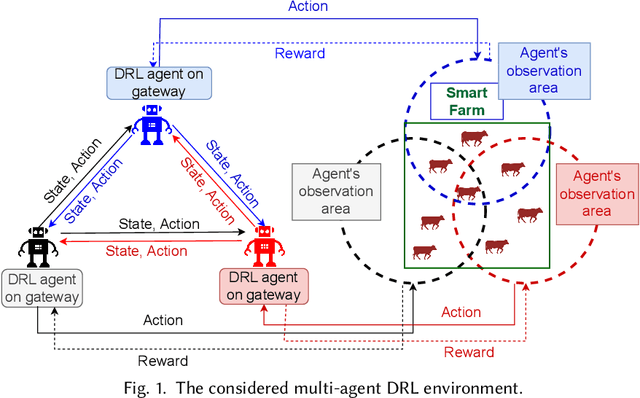
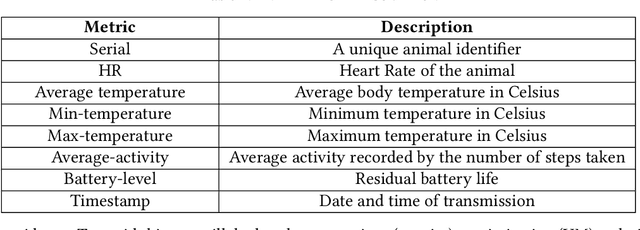
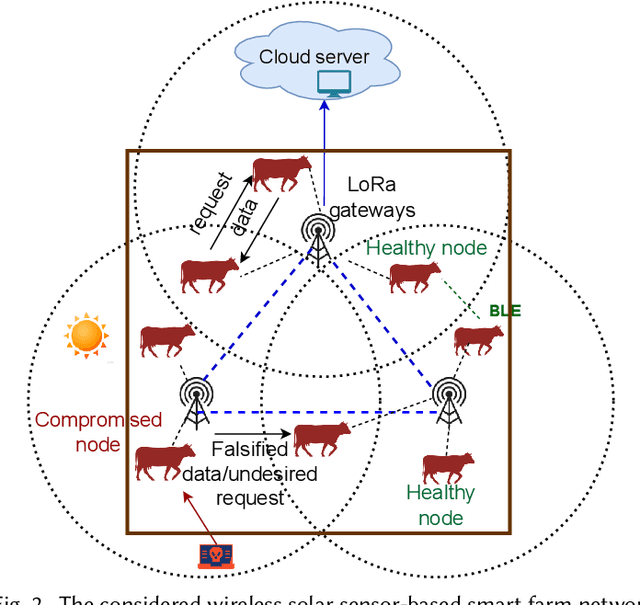
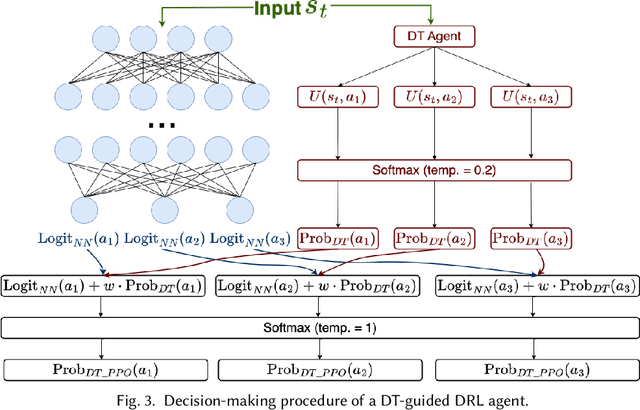
Abstract:Solar sensor-based monitoring systems have become a crucial agricultural innovation, advancing farm management and animal welfare through integrating sensor technology, Internet-of-Things, and edge and cloud computing. However, the resilience of these systems to cyber-attacks and their adaptability to dynamic and constrained energy supplies remain largely unexplored. To address these challenges, we propose a sustainable smart farm network designed to maintain high-quality animal monitoring under various cyber and adversarial threats, as well as fluctuating energy conditions. Our approach utilizes deep reinforcement learning (DRL) to devise optimal policies that maximize both monitoring effectiveness and energy efficiency. To overcome DRL's inherent challenge of slow convergence, we integrate transfer learning (TL) and decision theory (DT) to accelerate the learning process. By incorporating DT-guided strategies, we optimize monitoring quality and energy sustainability, significantly reducing training time while achieving comparable performance rewards. Our experimental results prove that DT-guided DRL outperforms TL-enhanced DRL models, improving system performance and reducing training runtime by 47.5%.
Empirical Analysis of Privacy-Fairness-Accuracy Trade-offs in Federated Learning: A Step Towards Responsible AI
Mar 20, 2025Abstract:Federated Learning (FL) enables collaborative machine learning while preserving data privacy but struggles to balance privacy preservation (PP) and fairness. Techniques like Differential Privacy (DP), Homomorphic Encryption (HE), and Secure Multi-Party Computation (SMC) protect sensitive data but introduce trade-offs. DP enhances privacy but can disproportionately impact underrepresented groups, while HE and SMC mitigate fairness concerns at the cost of computational overhead. This work explores the privacy-fairness trade-offs in FL under IID (Independent and Identically Distributed) and non-IID data distributions, benchmarking q-FedAvg, q-MAML, and Ditto on diverse datasets. Our findings highlight context-dependent trade-offs and offer guidelines for designing FL systems that uphold responsible AI principles, ensuring fairness, privacy, and equitable real-world applications.
Advancing Human-Machine Teaming: Concepts, Challenges, and Applications
Mar 16, 2025Abstract:Human-Machine Teaming (HMT) is revolutionizing collaboration across domains such as defense, healthcare, and autonomous systems by integrating AI-driven decision-making, trust calibration, and adaptive teaming. This survey presents a comprehensive taxonomy of HMT, analyzing theoretical models, including reinforcement learning, instance-based learning, and interdependence theory, alongside interdisciplinary methodologies. Unlike prior reviews, we examine team cognition, ethical AI, multi-modal interactions, and real-world evaluation frameworks. Key challenges include explainability, role allocation, and scalable benchmarking. We propose future research in cross-domain adaptation, trust-aware AI, and standardized testbeds. By bridging computational and social sciences, this work lays a foundation for resilient, ethical, and scalable HMT systems.
Bursting Filter Bubble: Enhancing Serendipity Recommendations with Aligned Large Language Models
Feb 19, 2025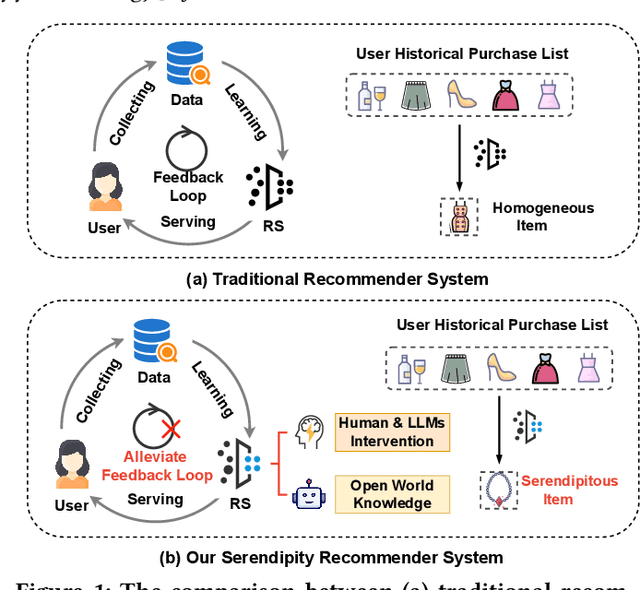

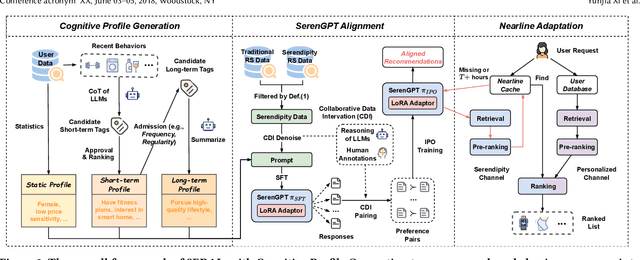
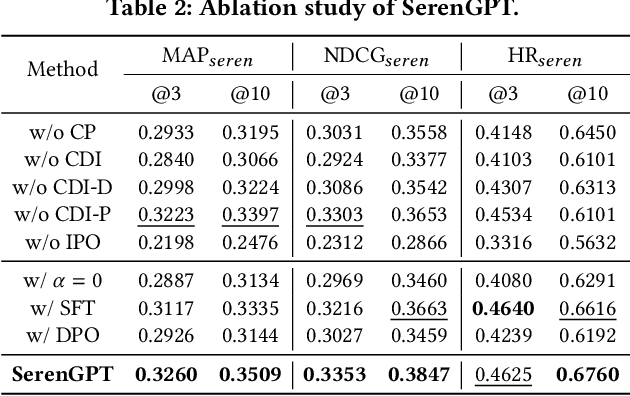
Abstract:Recommender systems (RSs) often suffer from the feedback loop phenomenon, e.g., RSs are trained on data biased by their recommendations. This leads to the filter bubble effect that reinforces homogeneous content and reduces user satisfaction. To this end, serendipity recommendations, which offer unexpected yet relevant items, are proposed. Recently, large language models (LLMs) have shown potential in serendipity prediction due to their extensive world knowledge and reasoning capabilities. However, they still face challenges in aligning serendipity judgments with human assessments, handling long user behavior sequences, and meeting the latency requirements of industrial RSs. To address these issues, we propose SERAL (Serendipity Recommendations with Aligned Large Language Models), a framework comprising three stages: (1) Cognition Profile Generation to compress user behavior into multi-level profiles; (2) SerenGPT Alignment to align serendipity judgments with human preferences using enriched training data; and (3) Nearline Adaptation to integrate SerenGPT into industrial RSs pipelines efficiently. Online experiments demonstrate that SERAL improves exposure ratio (PVR), clicks, and transactions of serendipitous items by 5.7%, 29.56%, and 27.6%, enhancing user experience without much impact on overall revenue. Now, it has been fully deployed in the "Guess What You Like" of the Taobao App homepage.
Zero-Shot Novel View and Depth Synthesis with Multi-View Geometric Diffusion
Jan 30, 2025



Abstract:Current methods for 3D scene reconstruction from sparse posed images employ intermediate 3D representations such as neural fields, voxel grids, or 3D Gaussians, to achieve multi-view consistent scene appearance and geometry. In this paper we introduce MVGD, a diffusion-based architecture capable of direct pixel-level generation of images and depth maps from novel viewpoints, given an arbitrary number of input views. Our method uses raymap conditioning to both augment visual features with spatial information from different viewpoints, as well as to guide the generation of images and depth maps from novel views. A key aspect of our approach is the multi-task generation of images and depth maps, using learnable task embeddings to guide the diffusion process towards specific modalities. We train this model on a collection of more than 60 million multi-view samples from publicly available datasets, and propose techniques to enable efficient and consistent learning in such diverse conditions. We also propose a novel strategy that enables the efficient training of larger models by incrementally fine-tuning smaller ones, with promising scaling behavior. Through extensive experiments, we report state-of-the-art results in multiple novel view synthesis benchmarks, as well as multi-view stereo and video depth estimation.
Drag Your Gaussian: Effective Drag-Based Editing with Score Distillation for 3D Gaussian Splatting
Jan 30, 2025



Abstract:Recent advancements in 3D scene editing have been propelled by the rapid development of generative models. Existing methods typically utilize generative models to perform text-guided editing on 3D representations, such as 3D Gaussian Splatting (3DGS). However, these methods are often limited to texture modifications and fail when addressing geometric changes, such as editing a character's head to turn around. Moreover, such methods lack accurate control over the spatial position of editing results, as language struggles to precisely describe the extent of edits. To overcome these limitations, we introduce DYG, an effective 3D drag-based editing method for 3D Gaussian Splatting. It enables users to conveniently specify the desired editing region and the desired dragging direction through the input of 3D masks and pairs of control points, thereby enabling precise control over the extent of editing. DYG integrates the strengths of the implicit triplane representation to establish the geometric scaffold of the editing results, effectively overcoming suboptimal editing outcomes caused by the sparsity of 3DGS in the desired editing regions. Additionally, we incorporate a drag-based Latent Diffusion Model into our method through the proposed Drag-SDS loss function, enabling flexible, multi-view consistent, and fine-grained editing. Extensive experiments demonstrate that DYG conducts effective drag-based editing guided by control point prompts, surpassing other baselines in terms of editing effect and quality, both qualitatively and quantitatively. Visit our project page at https://quyans.github.io/Drag-Your-Gaussian.
 Add to Chrome
Add to Chrome Add to Firefox
Add to Firefox Add to Edge
Add to Edge